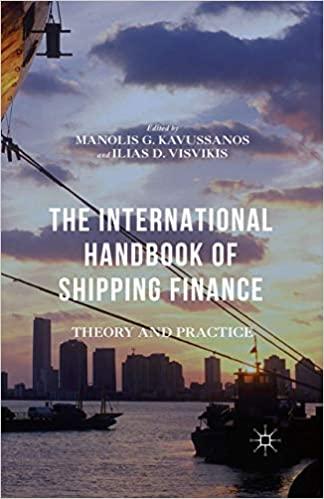J&J Bagel's Business Financing John Benson and Jerry Chen, the owners of J&J Bagel, Inc., have decided that it is time to acquire a bigger store to expand their operations. John and Jerry have identified a suitable structure that is currently for sale, and they believe they can buy and refurbish it for about $2.2 million. John and Jerry are now ready to meet with Charlene Mons, the loan officer for Blue Hills Bank. The meeting is to discuss the mortgage options to the company to finance the new store. Charlene begins the meeting by discussing a 30-year mortgage. The loan would be repaid in equal annual installments. Because of the previous relationship between J&J Bagel and the bank, there would be no closing costs for the loan. Charlene states that the interest rate of the loan would be 6 percent. John asks if a shorter mortgage loan is available. Charlene says that the bank does have a 20-year mortgage available at the same interest rate. Jerry decides to ask Charlene about a "bullet loan" he discussed with a mortgage broker when he was refinancing his home loan. Charlene goes on to explain a bullet loan. The annual payments of a bullet loan would be calculated using a 30-year traditional mortgage. In this case, there would be a 5-year bullet. This would mean that the company would make the mortgage payments for the traditional 30-year mortgage for the first five years, but immediately after the company makes the annual payment, the bullet payment would be due. The bullet payment is the remaining principal of the loan. Jerry then asks how the bullet payment is calculated. Charlene tells him that the remaining principal can be calculated using an amortization table, but it is also the present value of the remaining 25 years of mortgage payments for the 30-year mortgage. John has also heard of an interest-only loan and asks if this loan is available and what the terms would be. Charlene says that the bank offers an interest-only loan with a term of 10 years and an interest rate of 3.5 percent. She goes on to further explain the terms. The company would be responsible for making interest payments each year on the amount borrowed. No principal payments are required. At the end of the 10-year term, the company would repay the $2.2 million. However, the company can make principal payments at any time. The principal payments would work just like those on a traditional mortgage. Principal payments would reduce the principal of the loan and reduce the interest due on the next payment. John and Jerry are satisfied with Charlene's answers, but they are still unsure of which loan they should choose. They have asked her to answer the following questions to help them choose the correct mortgage Questions (you can get additional points for your work if you do it in Excel) 1. What are the annual payments for a 30-year traditional mortgage? What are the payments for a 20-year traditional mortgage? 2. Prepare an amortization table for the first six years of the traditional 30-year mortgage. How much of the first payment goes toward principal? 3. Repeat question 1, but assume that J&J Bagel makes payments at the beginning of each year. 4. Assume J&J Bagel takes out a bullet loan under the terms described. What are the payments on the loan? 5. What are the payments for the interest-only loan? 6. Which mortgage is the best for the company? Are there any potential risks in this action







